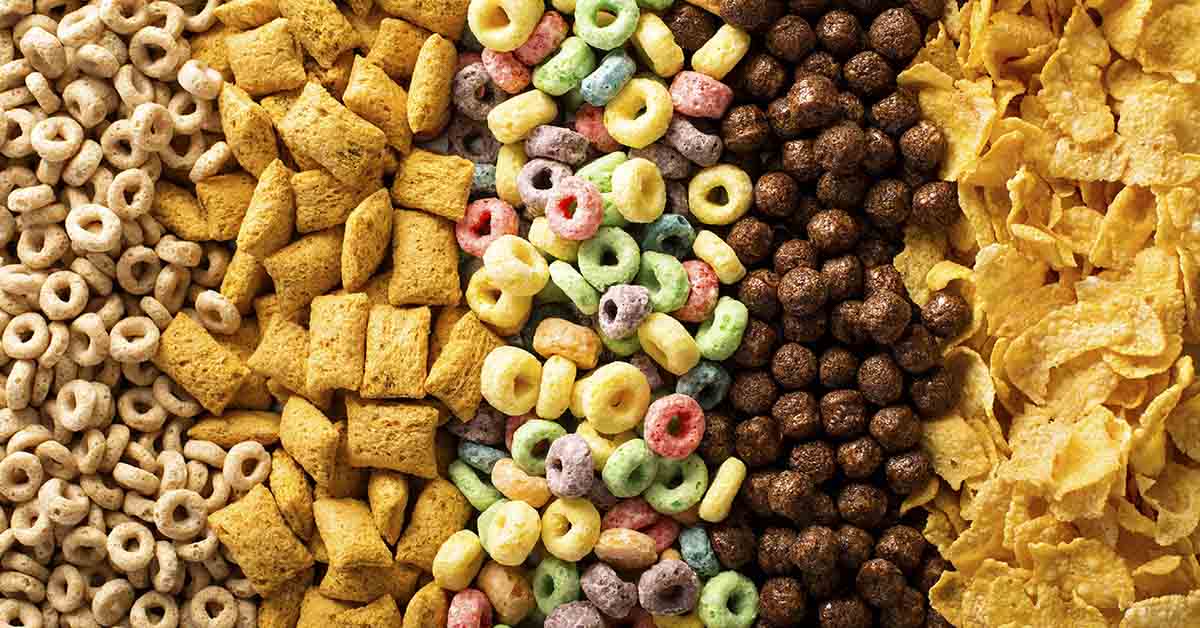Breakfast cereals have been a morning staple in millions of households across North America and beyond since about the 1940s. Some clever marketing, along with the ease and convenience of just pouring yourself a bowl of cereal, has made cereal the go-to weekday breakfast in many people’s homes. With their colorful packaging and claims of being “heart-healthy” or “fortified with vitamins”, cereals are often viewed as a nutritious way to start the day. Do these claims, however, actually have any merit? Is breakfast cereal healthy? The answer depends largely on the type of cereal you choose. Many popular brands are packed with high sugar content, artificial additives, and even potentially harmful chemicals. That being said, you can find good ones – if you know what to look for. This is the truth as to whether or not cereal should remain a staple in your home or whether you should toss it in the trash.
Is Cereal Healthy: The Bad News
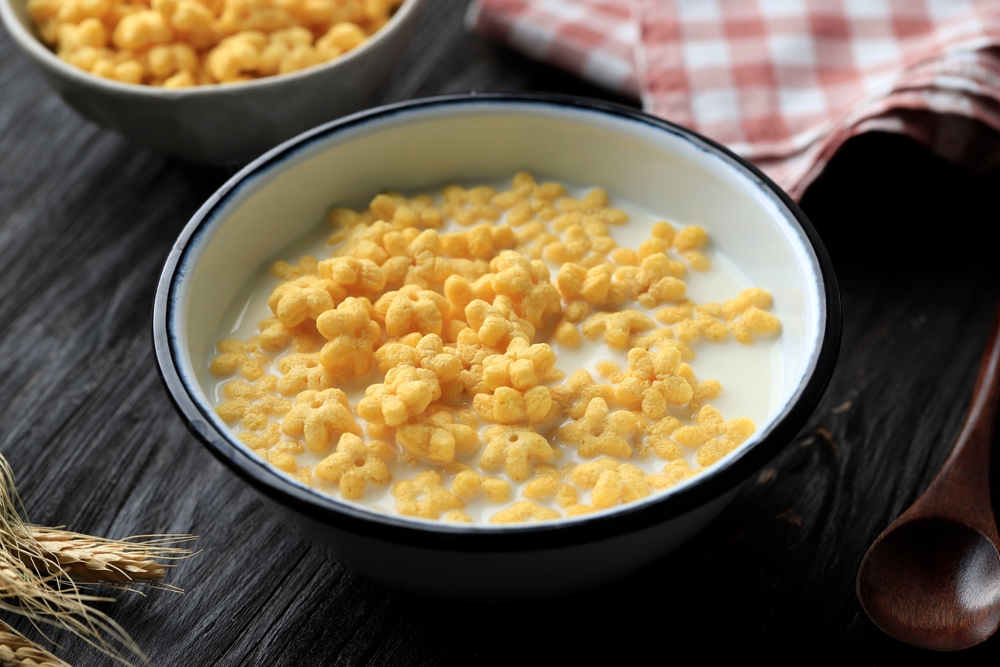
For getting close to 100 years now, we have associated cereal with wholesomeness and “a nutritious part of a balanced breakfast”. After all, that’s what the advertisements and commercials depict, don’t they? Not to mention the slew of health claims often found on the front of the packaging. Unfortunately, look a little closer, and many cereals just don’t hold up to their claims.
Excessive Sugar
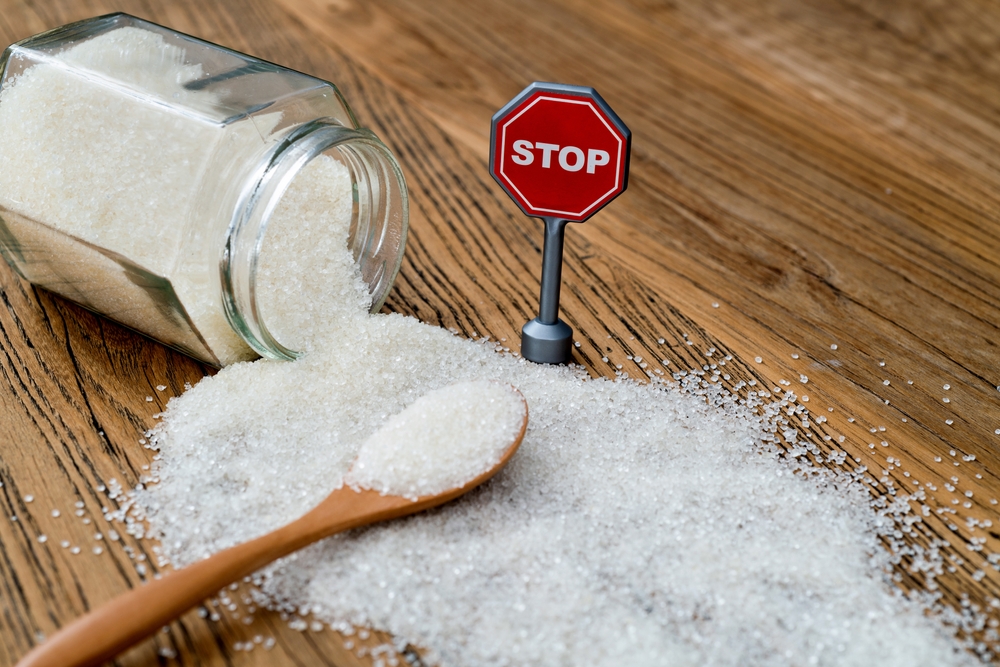
Some cereals contain more than 40-50% sugar by weight. Such high sugar levels can cause blood sugar spikes followed by crashes. This leads to energy slumps and increased cravings later in the day. In children, it can lead to outbursts, behavioral problems, and difficulty concentrating at school. Over time, these patterns contribute to weight gain, insulin resistance, and an increased risk of type 2 diabetes.
Artificial Additives
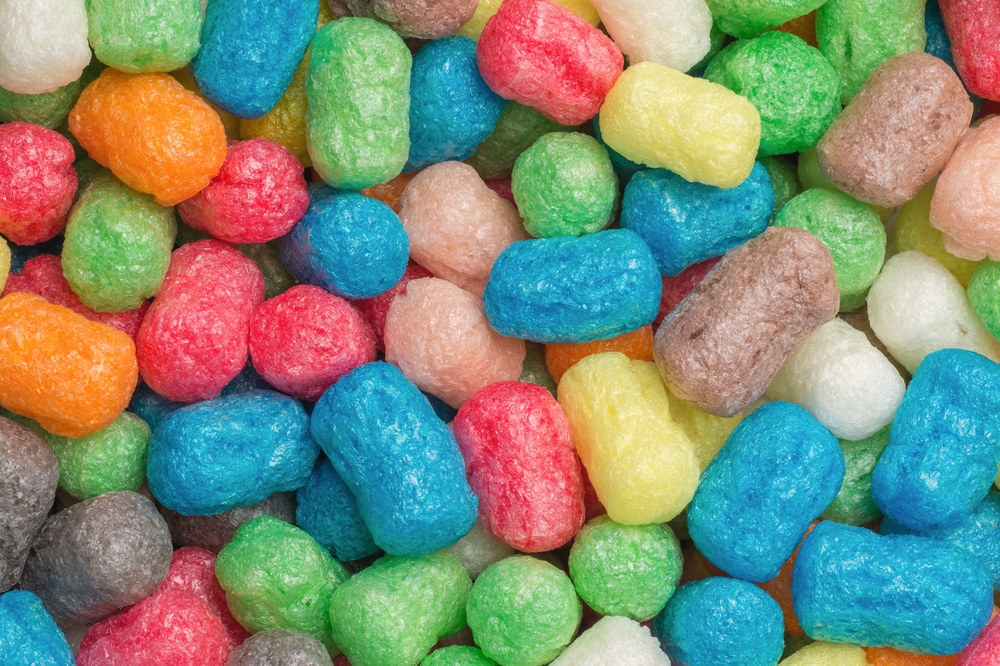
All of those brightly colored cereals that make your children’s eyes pop and beg you to buy them every time you are at the store? They achieve those colors using artificial food dyes like Red 40, Yellow 5, and Yellow 6. These are petroleum-derived and have been linked to hyperactivity in children, allergic reactions, and possible cancer risks. Preservatives such as BHT and BHA, used to extend the cereals shelf life, may also disrupt hormones and increase risk of cancer.
Glyphosate Residues
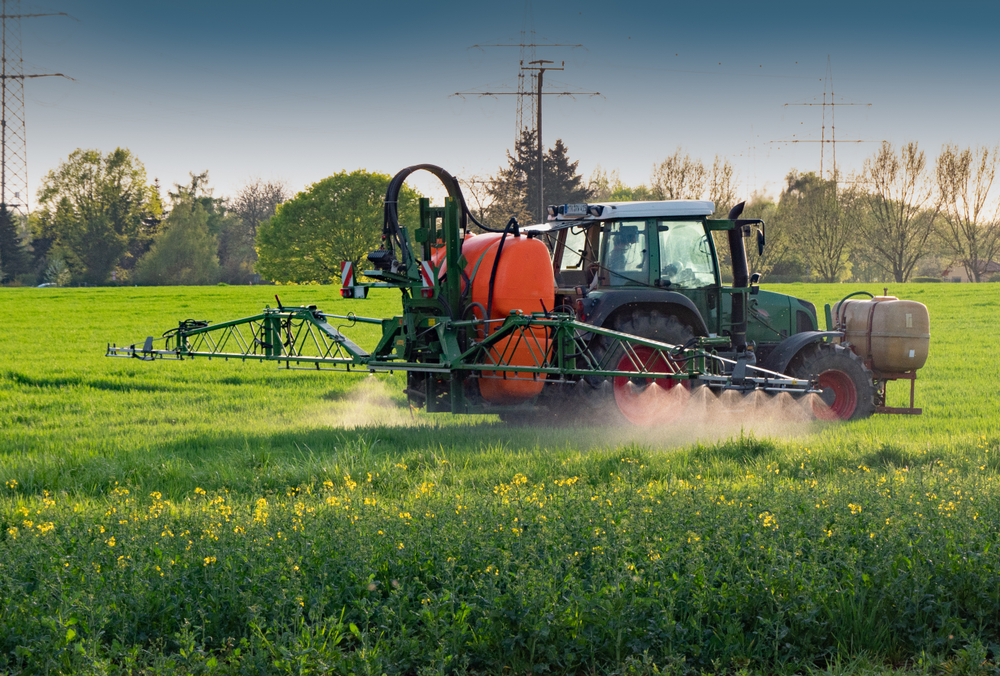
Some cereals, especially non-organic ones made from GMO corn and grains, have been found to contain glyphosphate. This is an herbicide used in agriculture to prevent weeds and improve crop production. It has also been associated with cancer, dementia, and diabetes.
Hydrogenated Oils and Trans Fats
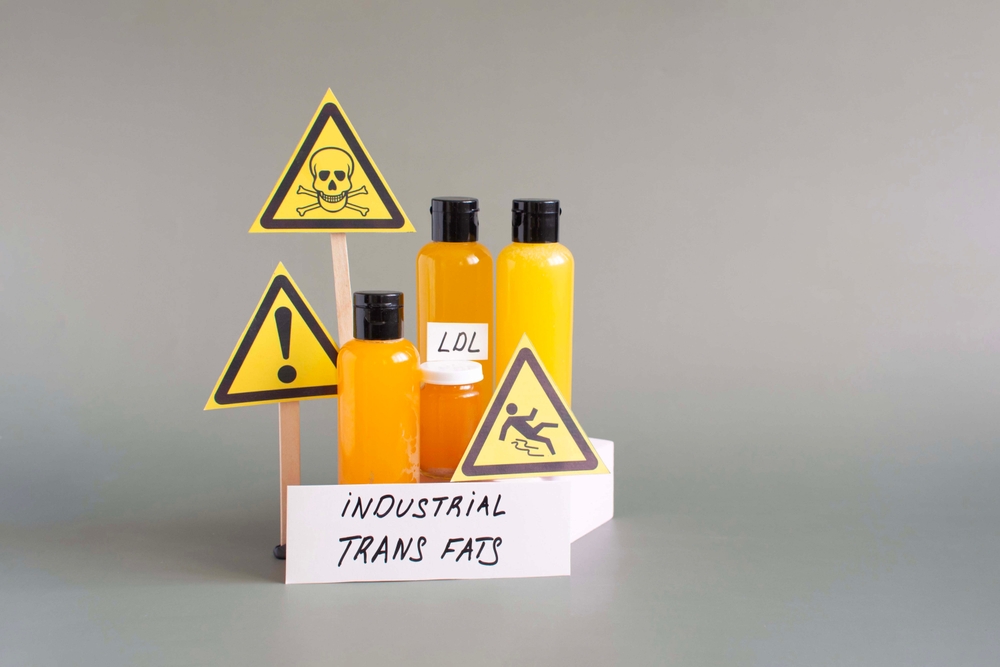
Hydrogenated oils and trans fats are used in cereals to maintain their correct texture and improve their shelf stability. Unfortunately, these fats are not good for our health. They increase the risk of heart disease and stroke, as well as other unwanted illnesses.
Read More: 7 Common Foods That Could Be Making You Feel Tired
10 Breakfast Cereals to Avoid
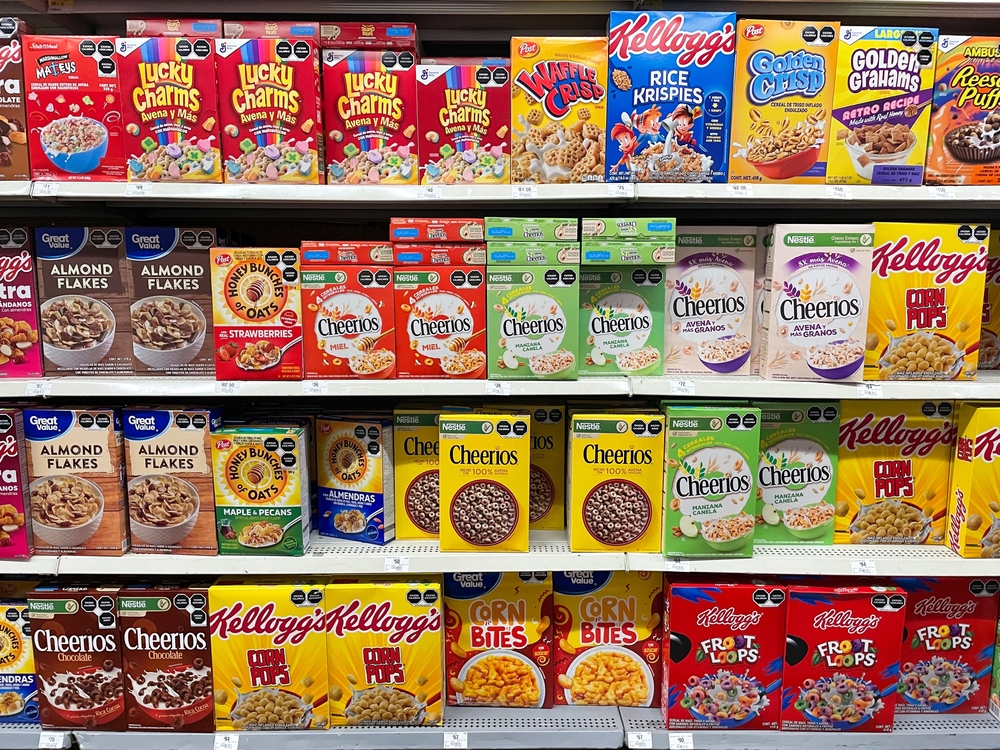
So that’s the bad news: There are a lot – and we mean a lot – of cereals out there that just aren’t as good as they claim to be. While there are too many cereals that simply miss the health mark for us to mention, the following is a list of cereals that you should really avoid for your health and the health of your family. This list is built based on sugar content and harmful ingredients.
- Honey Smacks
- Sugar: 18g per serving (~50% sugar by weight)
- Low fiber (2g) and protein (2g)
- Risks: High sugar content, potential contributor to obesity, heart disease, and diabetes.
- Cinnamon Toast Crunch
- Sugar: 12g per cup
- Contains 4g fat
- Provides just 3g fiber and 2g protein with a side of sugar-induced energy crashes.
- Oreo O’s
- Sugar: 17g per 40g serving
- Very low fiber (1g) and protein (1g), high sodium (210mg)
- More like dessert than breakfast.
- Fruit Loops (Kellogg’s)
- Sugar: 12g per 39g serving (~31% sugar by weight)
- Fiber and protein: 2g each
- Contains artificial dyes and 210mg sodium.
- Cap’n Crunch Crunch Berries
- Sugar: 17g per cup
- Less than 1g fiber, 2g protein
- Artificial colors (Red 40, Yellow 5, Blue 1) and high sodium (290mg).
- Honey Maid S’mores Cereal
- Sugar: 17g per 40g serving (>50% carbs from sugar)
- Contains marshmallows (aka sugar!), corn syrup (more sugar), molasses (even more sugar) and preservatives like BHT.
- Corn Pops
- Sugar: 15g per serving
- No fiber and contains annatto extract, which may cause allergic reactions.
- Raisin Bran
- Sugar: 19g per 55g serving
- Provides 4g fiber and 4g protein
- Contains high-fructose corn syrup and 200mg of sodium.
How to Spot a Healthy Cereal
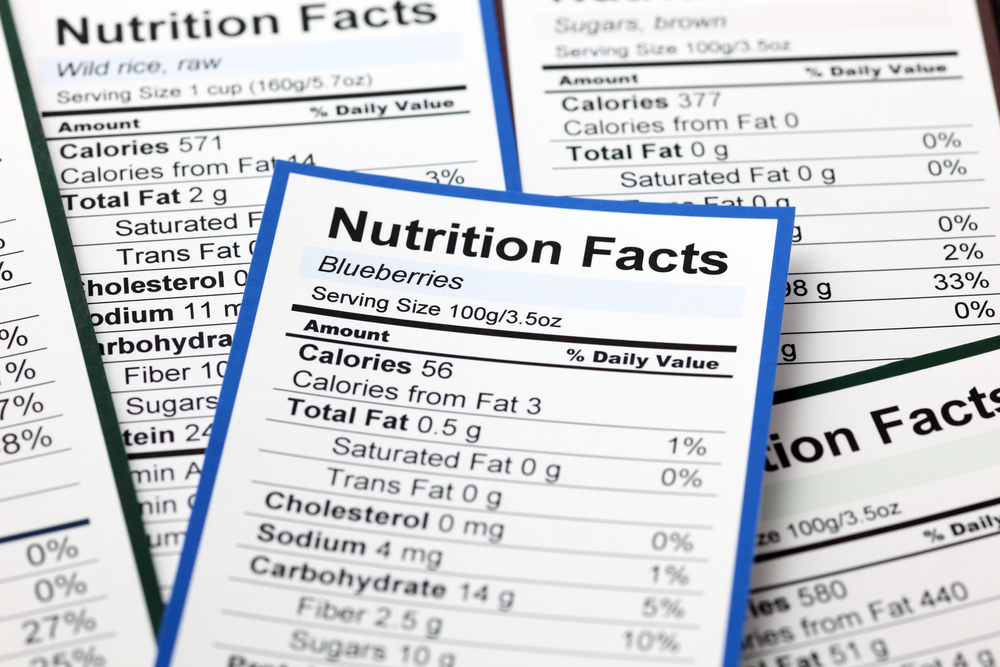
Despite all the doom and gloom, not every single cereal on the shelf is necessarily all bad. For those who desperately need the convenience of cereal but want a healthy start to their day, there are healthy cereals out there – if you know what to look for.
Your first step is to read the nutrition panel and scan for a few key ingredients. Principally, we’re looking at sugar, fiber, protein, and saturated and trans fats. From there, scan the actual ingredients list. In a healthy cereal, this list shouldn’t be overly long or complicated. If you feel like you need to bust out a magnifying glass and google to look up the ingredients listed, that cereal isn’t for you. The following is a quick guide for how to read the nutrition labels and know what to look for so that you can bring home the healthy cereals and leave the rest of them at the store.
- Low Sugar Content: Ideally, less than 5-7 grams of sugar per serving. Avoid cereals with sugar making up more than 10% by weight.
- High Fiber: At least 3-5 grams of fiber per serving. This helps with both digestion and satiety.
- Adequate Protein: Look for cereals with 3 grams or more of protein per serving.
- Minimal Artificial Ingredients: Avoid cereals with artificial dyes, preservatives, and flavors.
- Whole Grains as Primary Ingredient: Whole grain oats, wheat, or brown rice provide more nutrients than refined grains.
- No Trans Fats or Hydrogenated Oils: Check the ingredient lists for partially hydrogenated oils and avoid these.
- Organic Certification: This can reduce exposure to glyphosate and GMOs.
The Bottom Line

Not all cereals are unhealthy, but many popular breakfast cereals are loaded with sugars and additives that undermine any nutritional value that they may have. Choosing cereals carefully, with a focus on whole grains, low sugar, high fiber, and minimal artificial ingredients can allow you to enjoy cereal as a part of a balanced and healthy breakfast. Always read labels closely and consider pairing cereal with sources of protein and healthy fats, such as nuts, seeds, or yogurt, to create a more sustaining meal.
Disclaimer: This information is not intended to be a substitute for professional medical advice, diagnosis or treatment and is for information only. Always seek the advice of your physician or another qualified health provider with any questions about your medical condition and/or current medication. Do not disregard professional medical advice or delay seeking advice or treatment because of something you have read here.
Read More: Is Salt as Bad for Us as We’ve Been Made to Believe?
